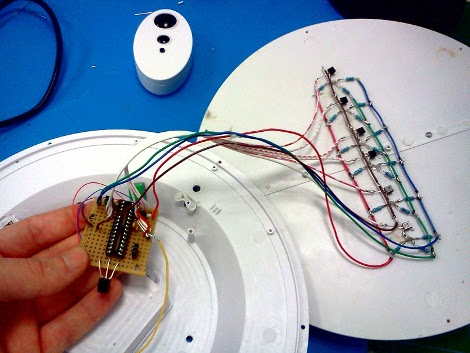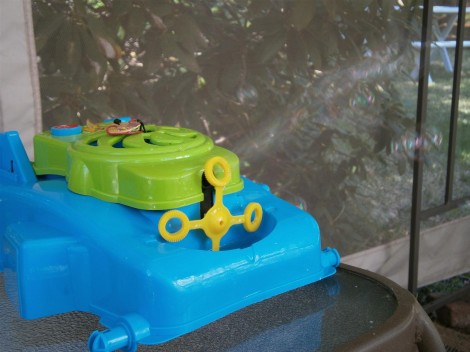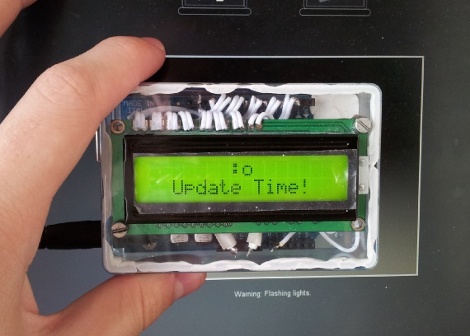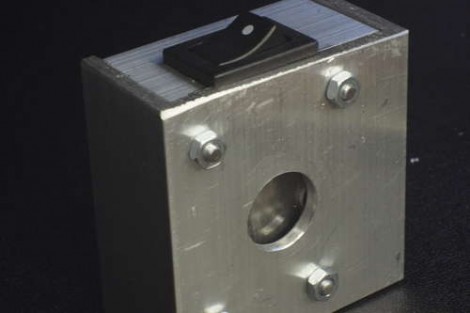
[Dino’s] hack this week seeks to create sunglasses that dim based on the intensity of ambient light. The thought is that this should give you the best light level even with changing brightness like when the sun goes behind a cloud or walking from inside to outside. He started with a pair of 3D shutter glasses. These have lenses that are each a liquid crystal pane. The glasses monitor an IR signal coming from a 3D TV, then alternately black out the lenses so that each eye is seeing a different frame of video to create the stereoscopic effect. In the video after the break he tears down the hardware and builds it back up with his own ambient light sensor circuit.
It only takes 6V to immediately darken one of the LCD panes. The interesting thing is that it takes a few seconds for them to become clear again. It turns out you need to bleed off the voltage in the pane using a resistor in order to have a fast response in both directions. Above you can see the light dependent resistor in the bridge of the frame that is used to trigger the panes. [Dino] shows at the end of his video that they work. But the main protective feature of sunglasses is that they filter out UV rays and he’s not sure if these have any ability to do that or not.
Continue reading “Turning 3D Shutter Glasses Into Automatic Sunglasses”




 +
+









